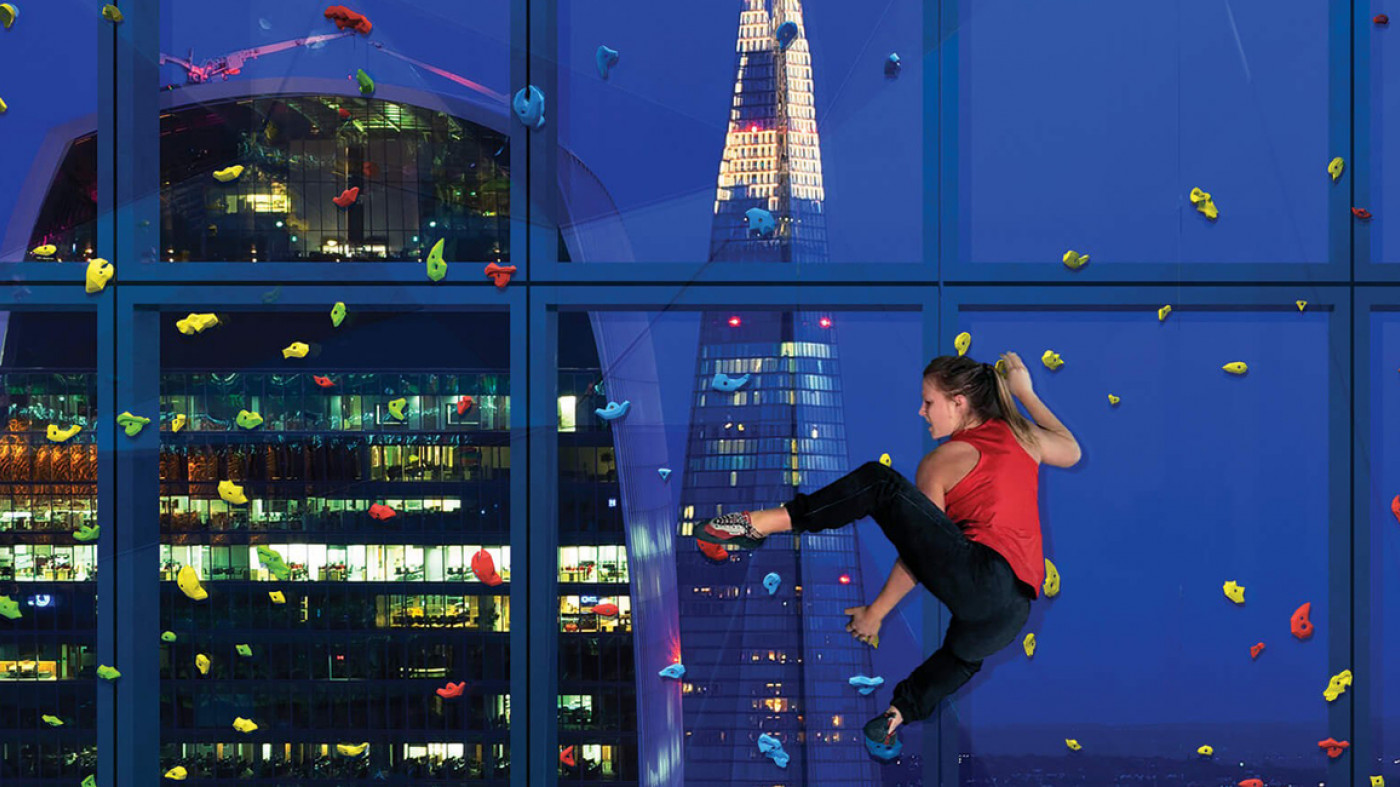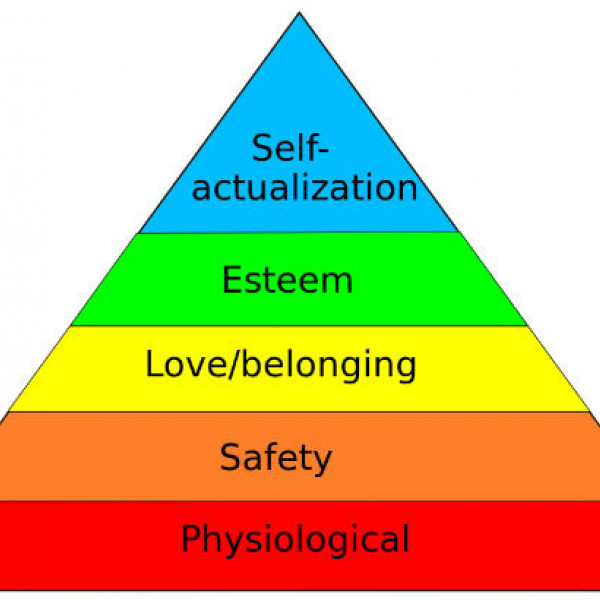As more and more of us are waking up to this somewhat startling fact, companies are following suit and seemingly doing everything they can to make our half a century of employment less about being chained to a desk, and more aligned with living a healthy, active, and enjoyable working life.
Case in point: Twentytwo Bishopsgate – a 61 floor, 278 m, 100,000 sq. ft. construction project that’s survived initial setbacks and was completely redesigned after work halted in 2012. Due for completion in 2019, it’s poised to become the newest jewel in the London skyline’s already dazzling crown… and we’re lucky enough to be working on it!
We’ve been involved since August 2017, working alongside PLP Architecture and Cartlidge Levene, developing the wayfinding strategy and carrying out the design development, as well as providing technical support in the concept design stage.
Let’s take a look at how it’s all shaping up.
Beyond ‘Nice-To-Haves’
Twentytwo Bishopsgate is no ordinary building. It’s like an architectural version of Maslow’s Hierarchy of Needs. According to the developer, Sir Stuart Lipton, the entire building is essentially designed to be future-proof; in line with the way that the workplace, and its role in our lives, is evolving.
“We recognise the role of the office has changed, with workplaces now needing to do so much more than simply accommodate people. They are becoming hubs for bringing colleagues together – ‘high-tech coffee shops’ where people meet, share, collaborate and develop ideas, strategies and solutions. Twentytwo will be a truly ‘social’ workplace with different spaces for people to socialise, focus and energise. It represents how we will all be working in the future.”
Divided into several distinct zones, in addition to nice-to-have luxury features such as a top floor viewing gallery and restaurant, there’s a gym on level 25, a creative space and incubator (The Exchange) on level 7, and a communal eating/social space called ‘The Market’ on level 2.
The Real Difference
So far, so good, right?
But let’s be honest: you would expect these sorts of features to exist in a building of such magnitude. What’s really different about the inside of Twentytwo Bishopsgate? It incorporates a whole host of WELL building standards from the bottom up. This means that particular attention has been paid to understanding human behaviours and optimising design accordingly to ensure people have a supportive environment that enhances their overall quality of life.
For example, the WELL standards cite stair usage as key to increasing the physical fitness of workers using the building on a day to day basis. But the stairs are nothing new. We know they are there. What makes a real difference is the way they are presented: not merely as an arduous climb when the lift breaks, but as an alternative way of navigating the building.
The WELL standard website states:
“Stair climbing is a low-impact, moderate-to-vigorous intensity physical activity that burns calories and has been associated with improved cardiorespiratory fitness and a lower risk of stroke. To encourage greater use, pathways and stairs should be aesthetically pleasing and easily accessible from high-traffic routes.”
And that’s why wayfinding is such an important part of this development.
Wayfinding: Enhancing Innovation
Our first task was to create a wayfinding strategy to help get people around the building, which were then worked up into designs. Now we’re taking the chosen concepts and looking at ways to integrate them into different parts of the building.
Our role is about enhancing these innovative spaces, making them somewhere people want to be and can enjoy. But it’s not just about pretty signs and adding a splash of colour; it’s about contributing to the development’s overall ambitions.
Returning to the example of the stairwell: by incorporating stairwell graphics and floor level information, the aim is to encourage workers to use the stairs when moving a few floors; rather than take the lift. But this doesn’t just increase people’s fitness levels; it also helps improve the building’s overall energy consumption.
Another part of the building we’ve been involved in is the bike storage area, in the basement. Here you’ll find over 1,500 bike parking spaces – the largest provision of cycle storage in London! Environmental graphics and wayfinding in the bike storage areas add to the vibrancy of the space, making it feel less like a basement and more like a cycling club; all intended to encourage people to cycle and create a positive start and end to their day.
Overall Twentytwo is a very different space from a lot of other buildings we’ve worked on; not just because of its sheer scale, but because of its attention to detail; and the developers’ willingness to explore new ways to inject some work-life balance into what would otherwise be just another giant office building.
It reflects the fact that our expectations of the workplace are definitely changing. We want more from them, but equally, companies are looking for ways to increase productivity and well-being. Our role as wayfinding consultants is to enhance the employee experience and bring the corporate space to life by making it functional and aesthetically in tune with the nature of the building.
We’re incredibly proud to be working on this, so standby for more details over the coming year as the project develops!

